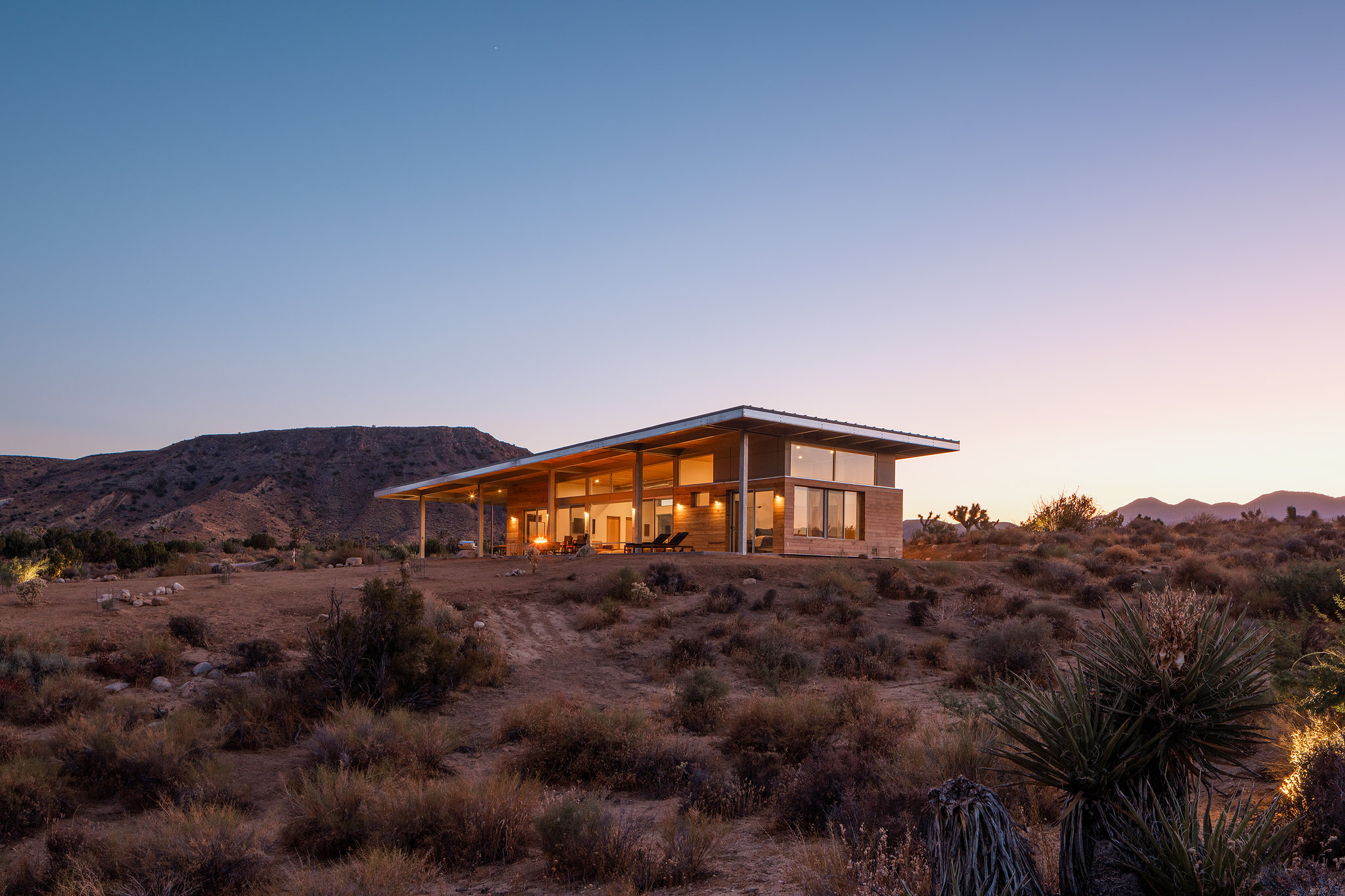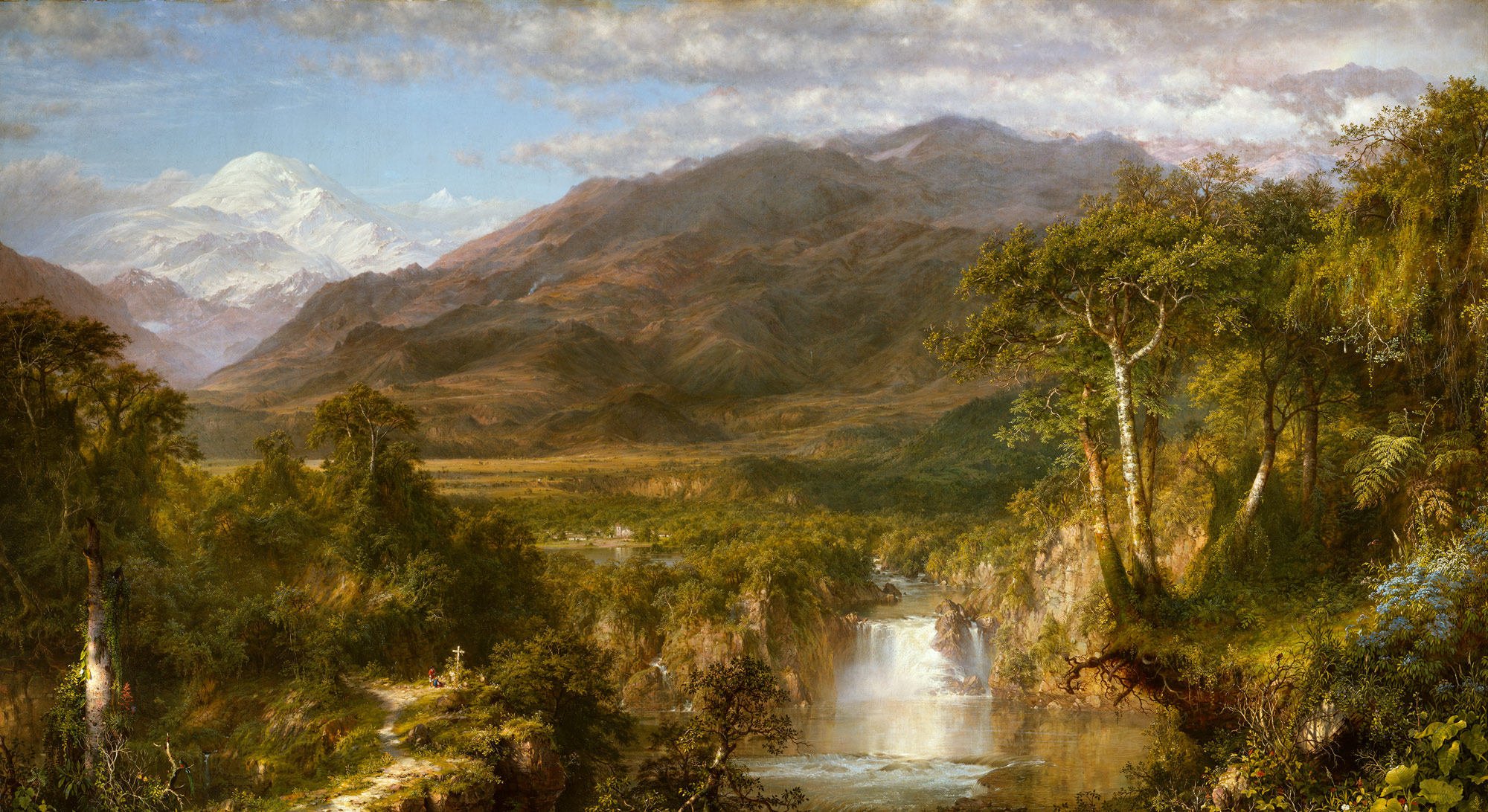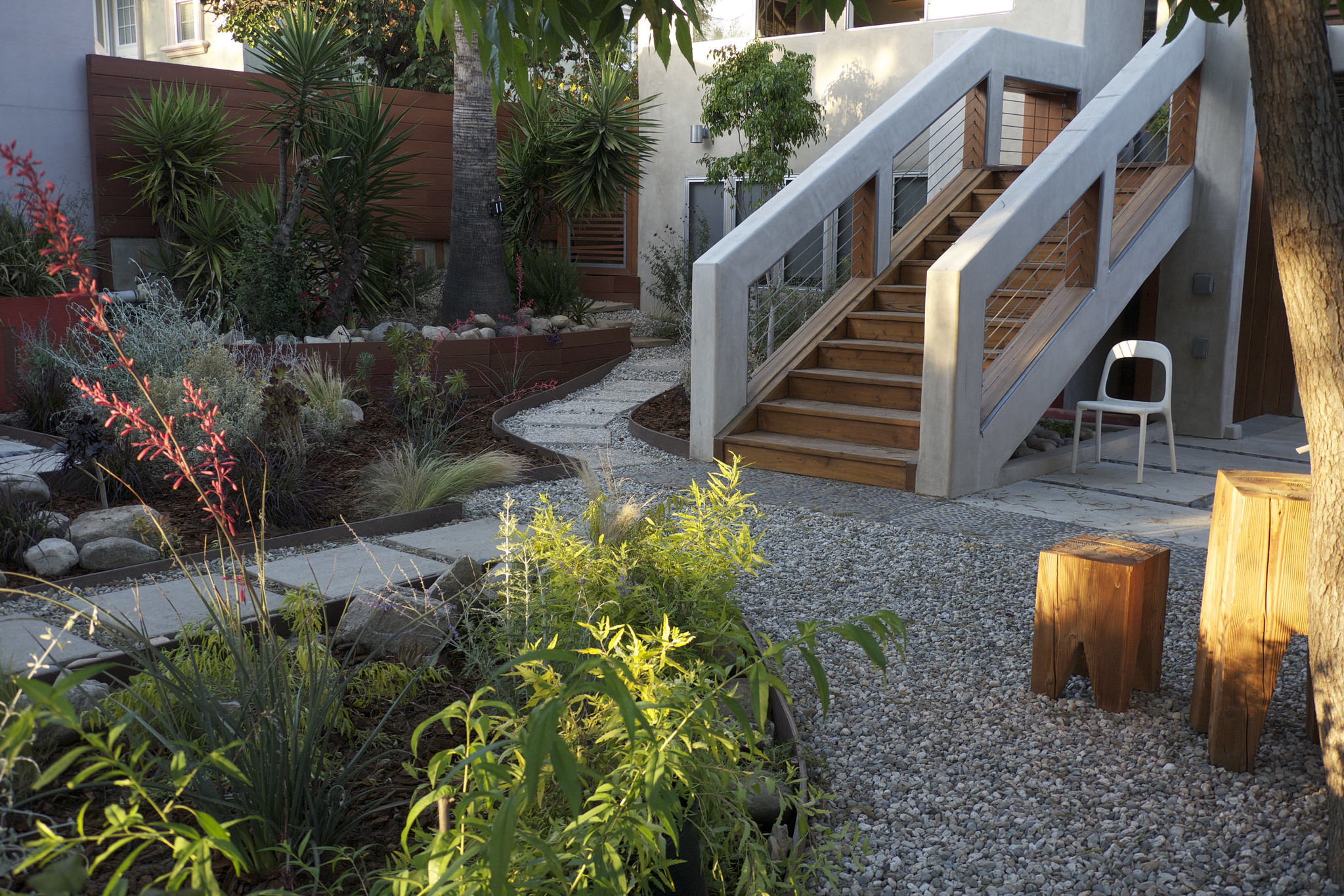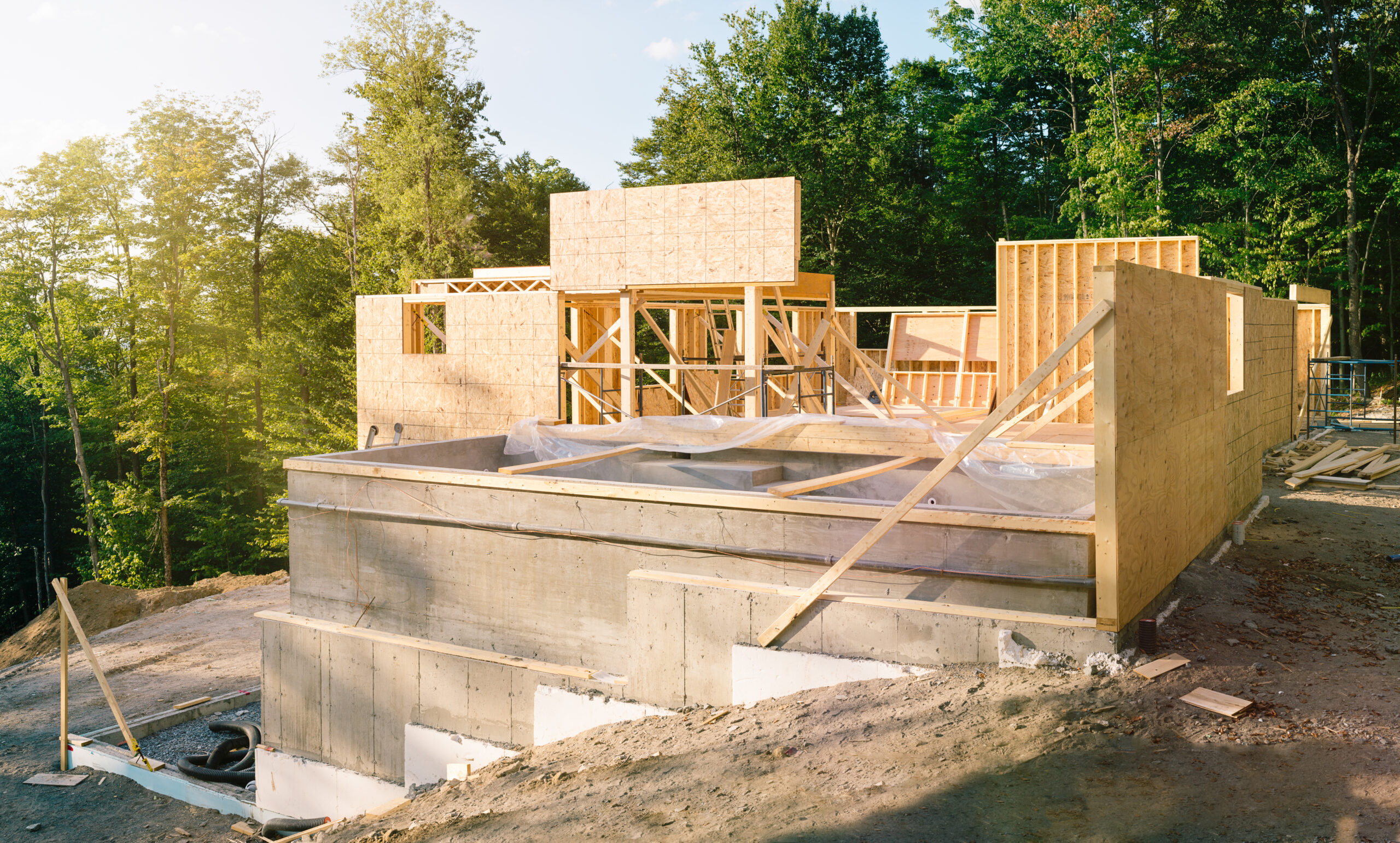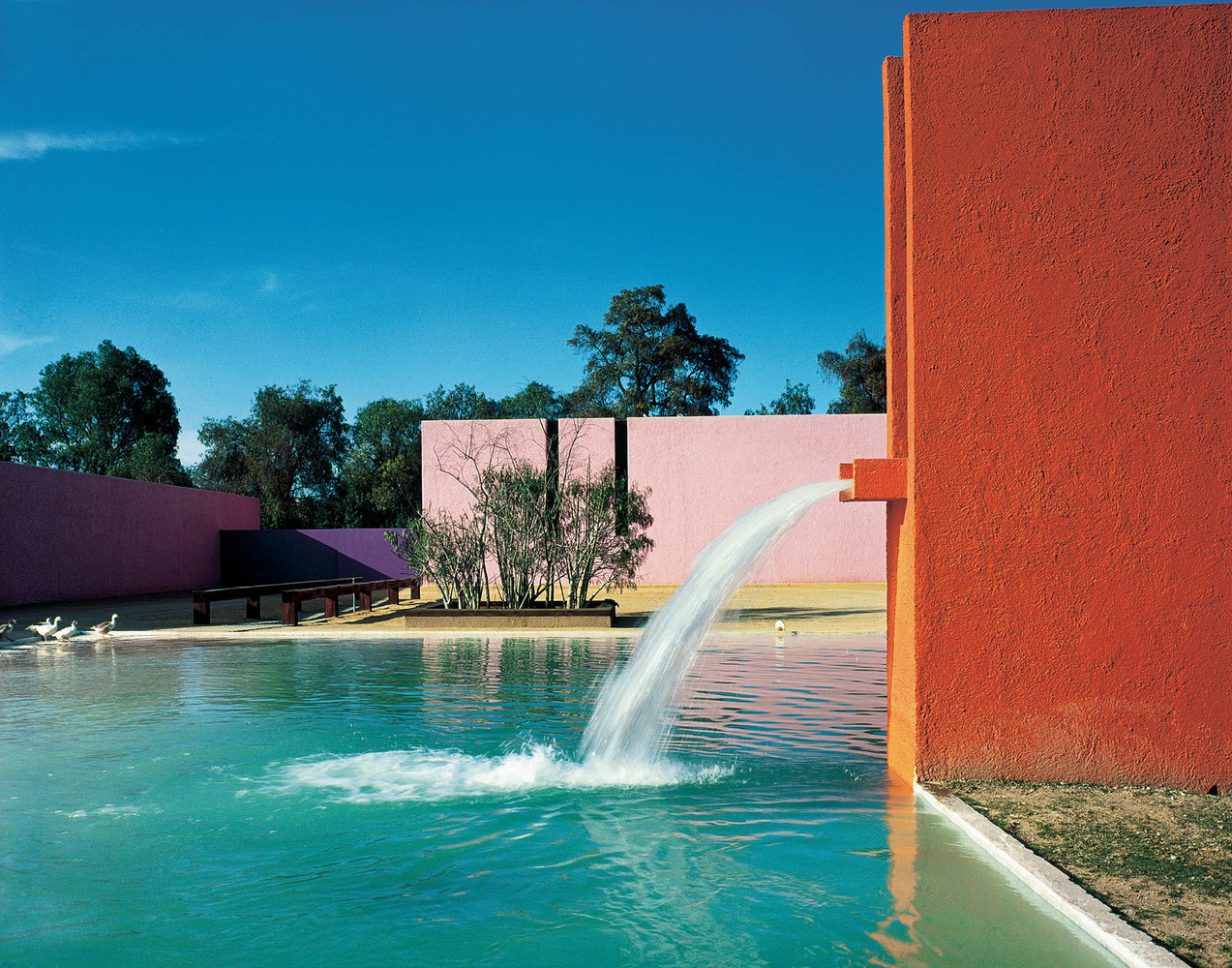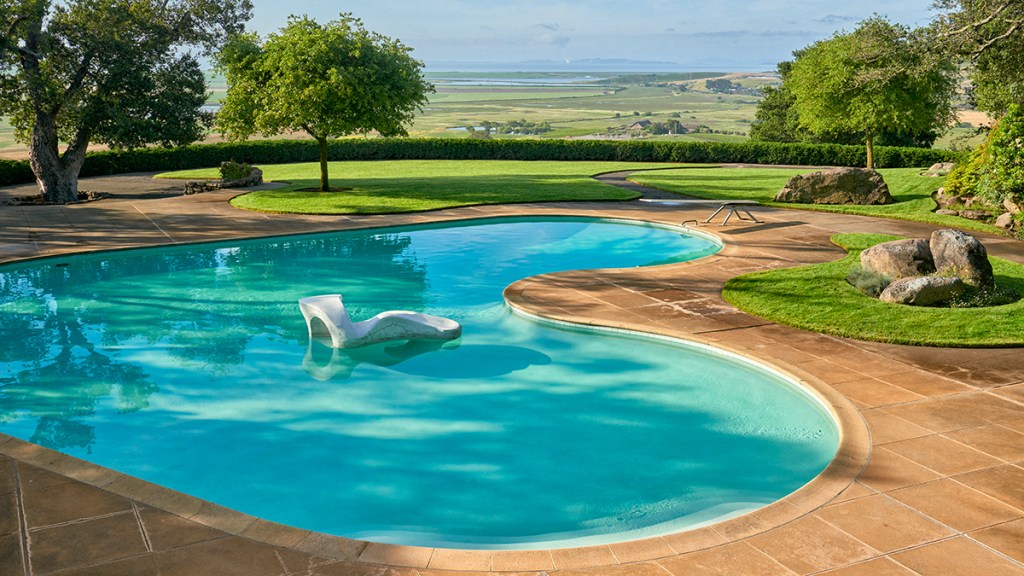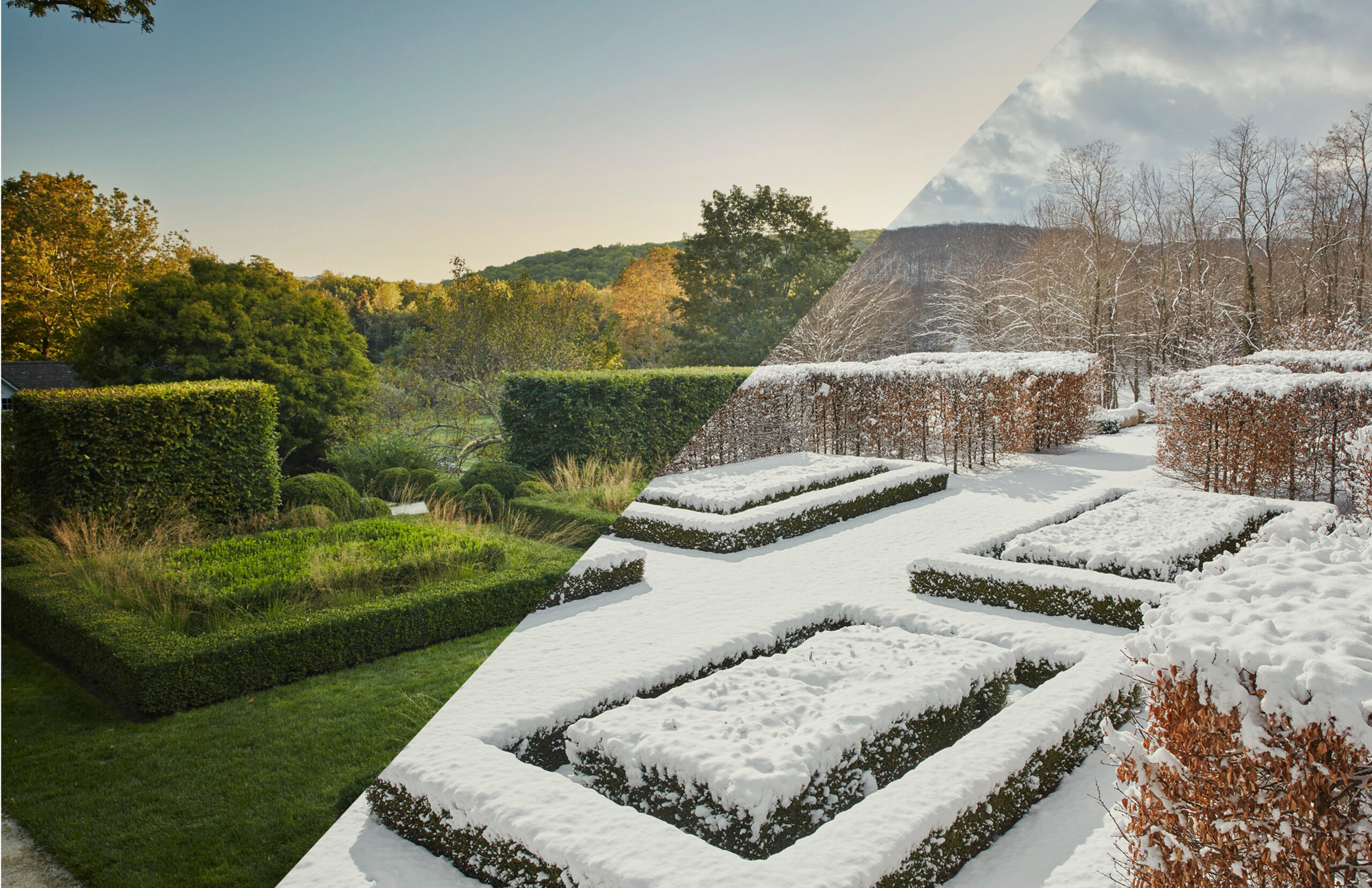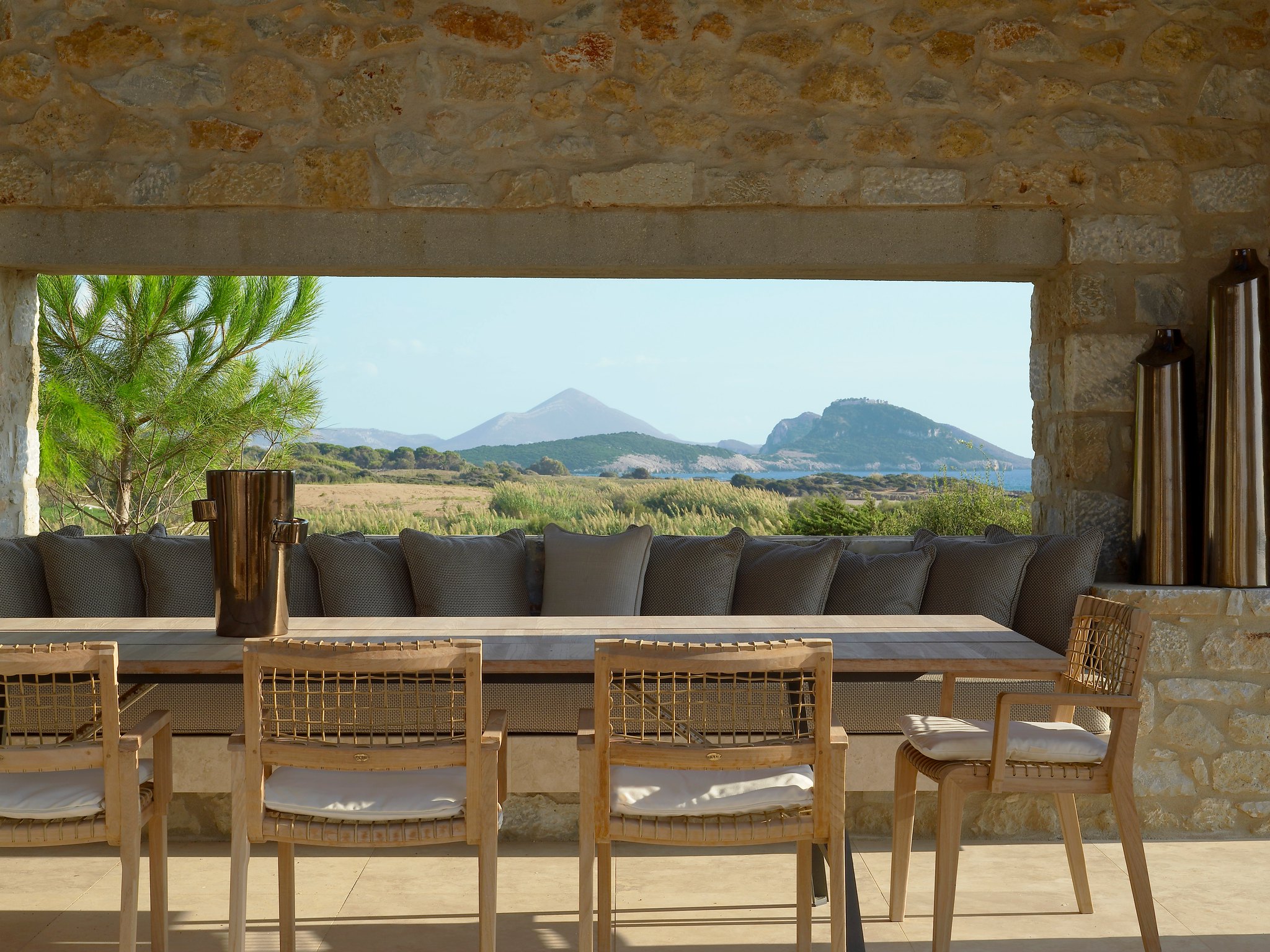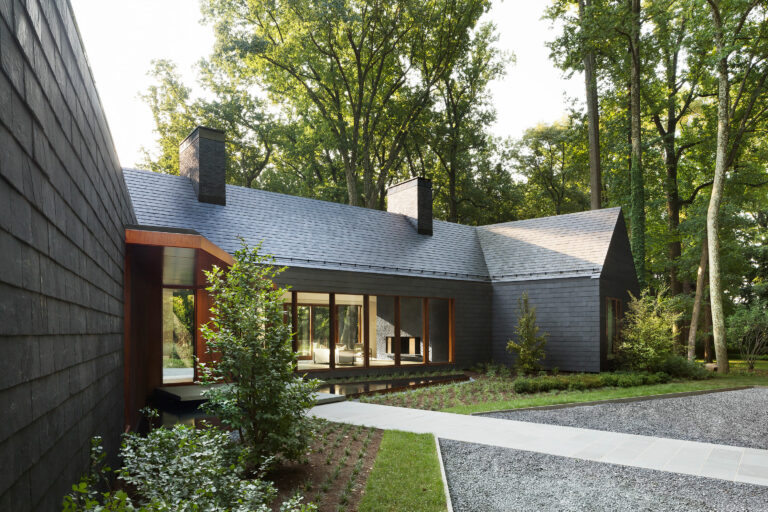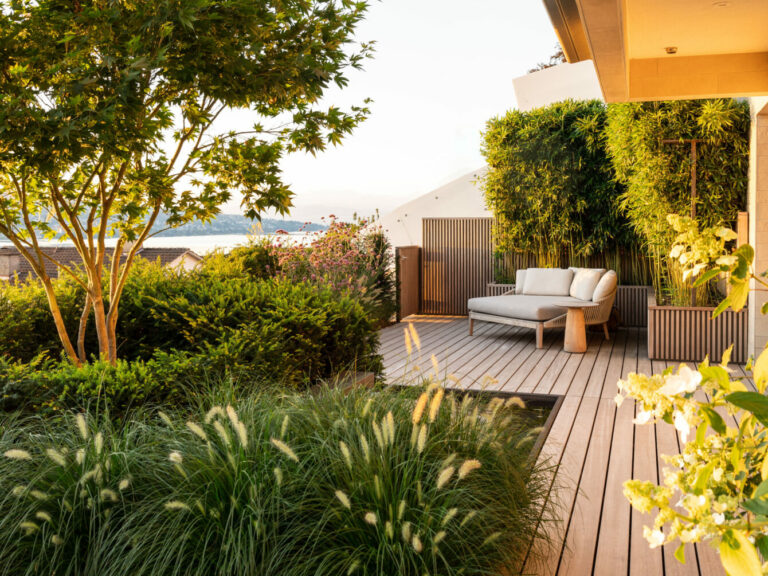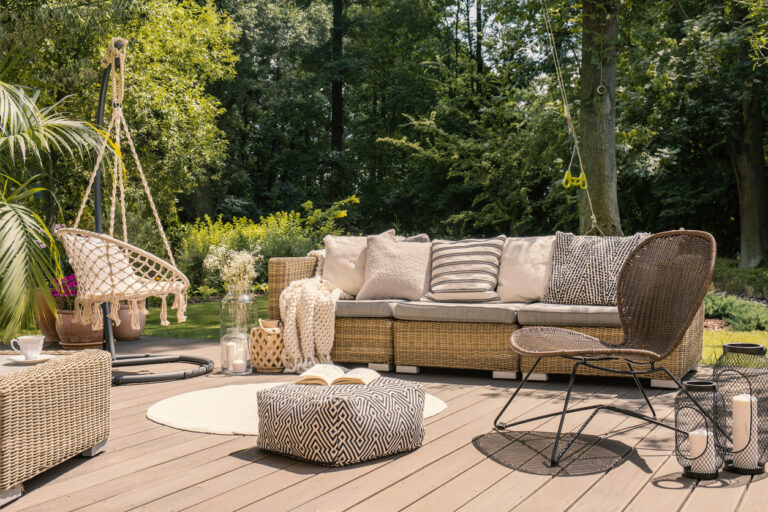The Landscape Library speaks with Vincent Filigenzi, Luxe magazine’s gold List of 2020 for the Landscape Architecture category.
In this interview, hear how Vincent touches on topics like eco-friendly design, key features of subtropical design, the influence of nurseries on material selection and the process of design and build.
See Vincent’s inspiration for getting into the field of landscape architecture, how he views the existing landscape and how he worked with Raymond Jungles, protégé of Roberto Burle Marx.
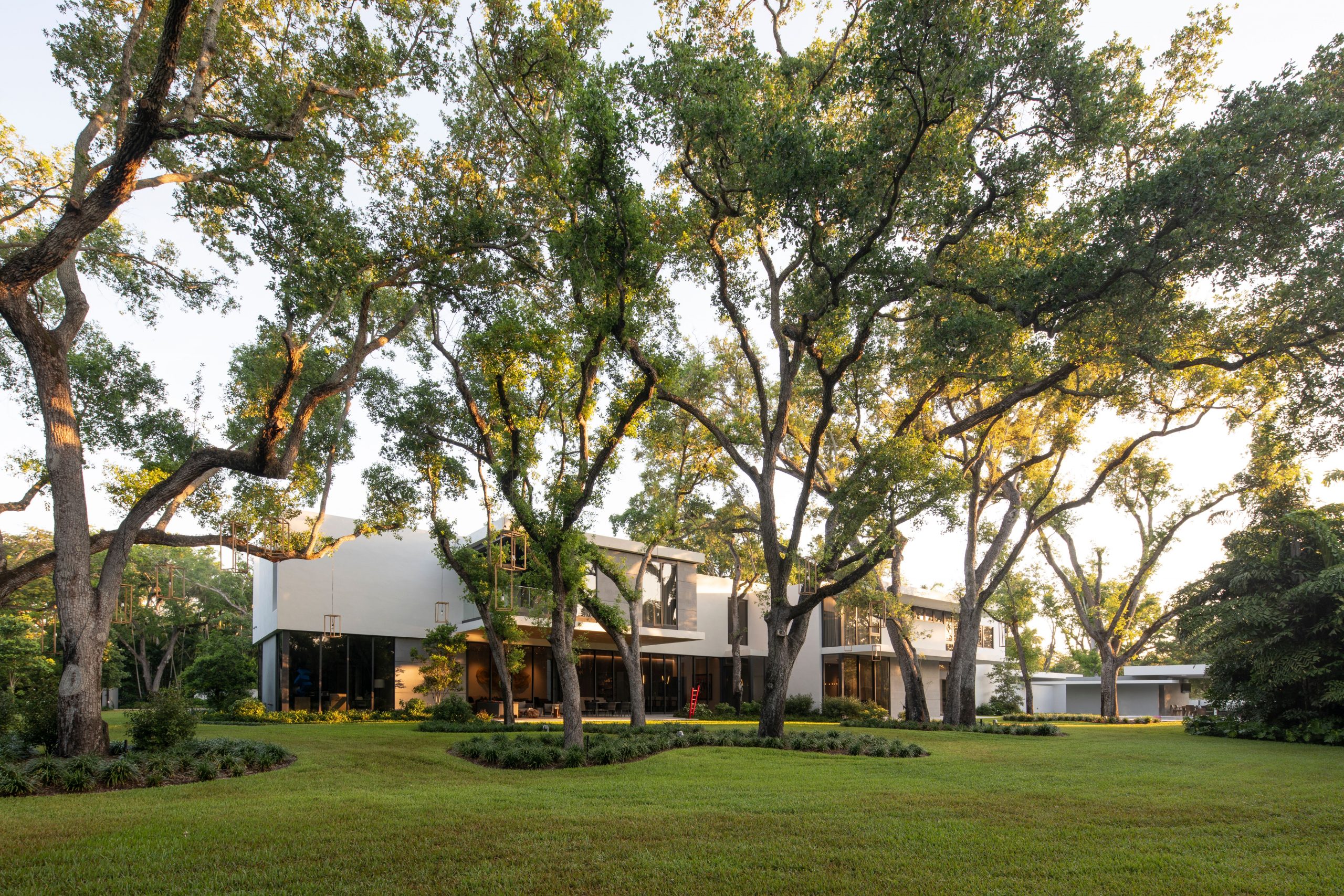
How long have you been designing landscapes?
Vincent Filigenzi:
I started my company in 2006, but landscape started way earlier, back in New York in 1997. I was working in nurseries and design offices when I got that experience and then went to Syracuse University to get a 5-year degree in landscape architecture & urban planning. Once I worked in Manhattan for a bit, I went out to San Francisco and worked for a firm that was doing dot-com headquarters like Yahoo.com. I was fortunate enough to be on the design team for Juniper Networks and then the dot-com bust happened, and it’s like…what do we do now? And I kind of regrouped and went to work for a resort design firm that was doing international work in Sausalito, CA and it was great. But then, I met my wife, we got married and we moved to Miami in 2003.
When I got to Miami, I was asking everybody who should I check out in Miami and people in the area said check out this guy, Raymond Jungles.
I looked him up and I gave him a call. He was in Key West, just moving up to Miami and I interviewed with him – I was the third person hired. He had two architects, and it was me on the landscape side of it. So we worked together, we got the firm up to speed with AutoCAD. He gave me Roberto Burle Marx’s plans and said to make AutoCAD blocks out of these. So we took the same styles and graphic because Raymond’s a protege or lineage of Roberto Burle Marx. We got everything in AutoCAD and got him up to speed and then Photoshop, we got him going. Then in 2006, I did an episode for HGTV and I kind of went on my own at that point. So I’ve been on my own since 2006, doing an array of different projects. It’s been really exciting, we have a big celebrity clientele.
You went from all the major cities from New York to San Francisco, to Miami, what sorts of inspiration were you picking up from those locations?
Vincent Filigenzi:
You see how things are done throughout the country. New York has its own regulations on how certain things grow – it’s a temperate climate. Then you go out to San Francisco, and it’s kind of like a warmer climate and a little bit more arid, a lot more xeriscaping going on out there, very water conscious because of their issues with water. In Miami, you come here, and everything grows – it’s like paradise for a landscape architect or designer. It’s almost like you can’t go wrong in some aspects, but we have hurricanes. California has earthquakes and fires, and we have a hurricane. It’s kind of nature’s cleansing so to speak, like survival of the fittest, but sometimes disheartening to see some landscapes go but all the reasons you need to document them.
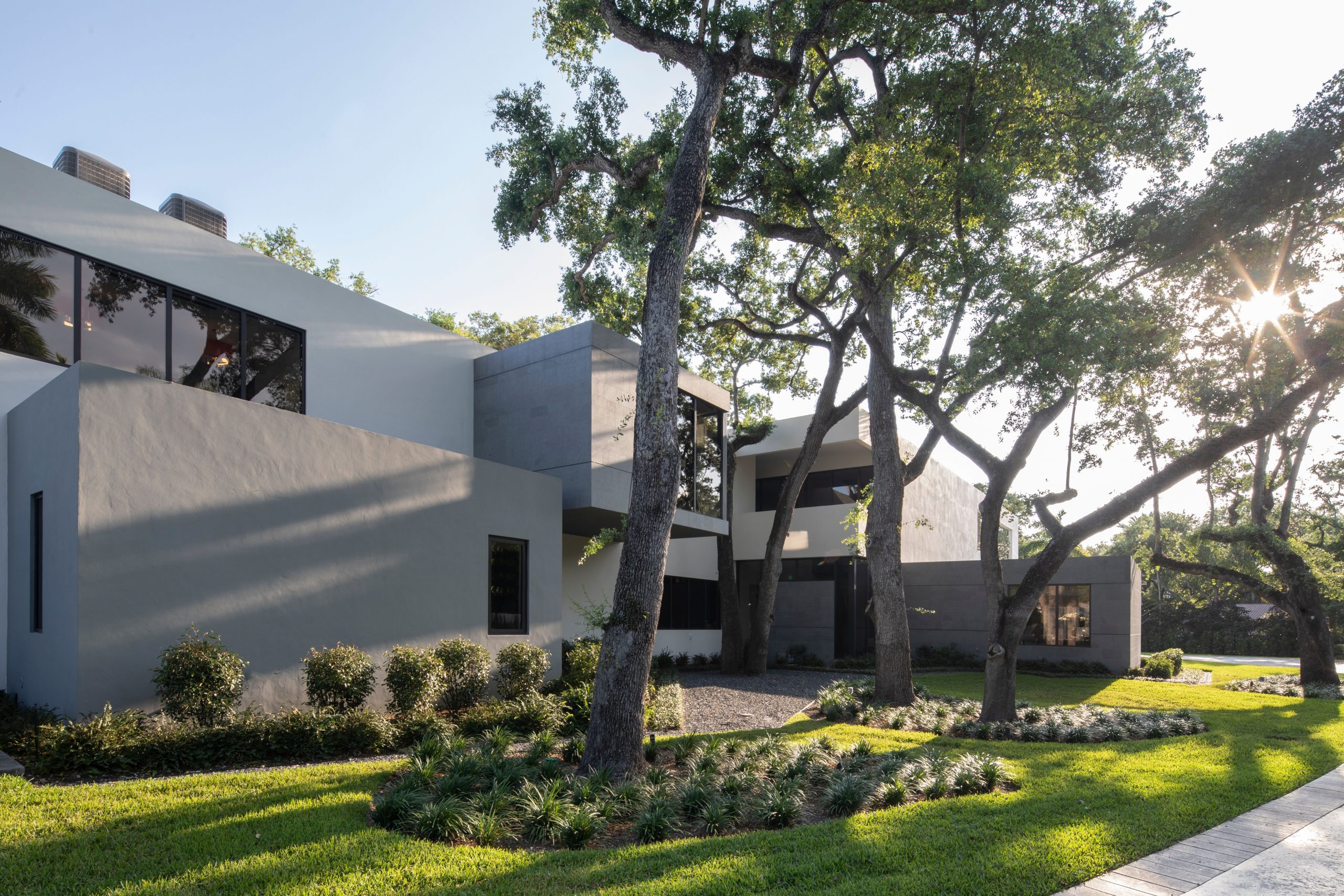
What is it like to design tropical landscapes?
Vincent Filigenzi:
We have clients here who understand that we live in a zone 10B in Miami that is a subtropical. It’s not a true tropical and we’re finding a different palette here. A lot more Thatch Palms, Coccothirinax, Coccothrinax borhidiana, a lot of those kinds of varieties. Then we have different hammocks. We have coastal hammocks, which have a bit more stress and salt and then we have Pineland hammocks, which are in Everglades and situated in the open prairies. And so there’s an array of different climates that I guess you could say with some sub-climates or eco-tones here in Miami, or in Florida and South Florida in general. It’s fun, not everything grows here, but like I said, a hurricane will come and cleanse any tropical or true tropical out and you can see the subtropical plants that are native, they stick around.
Did you pick up interest in plants by working at the nursery?
Vincent Filigenzi:
Well, it came way before that. My father is an environmental geologist and scientist, so I was introduced to earth science and nature at a very early young age. He would take me camping. We’ve done a lot of expeditions. We went cross country by car to all the national parks, and then I got the bright idea to ride our bicycles across the United States. So we rode our bicycles, coast to coast – dipped our back wheel in the Atlantic all the way to the Pacific and the Puget Sound up in Washington and dipped our front wheel. But everything in between, almost 4000 Miles, was pretty incredible.
How long did your road trip take?
Vincent Filigenzi:
It took two months, just me and my father. I was a teenager at the time. We had two panniers, two bags in the back and two on the front wheel. A pasta pot, a sleeping bag and that was it.
It was a really big influence between my father and that trip with him – and then my mother, she’s a clothing designer, so she’s in fashion and arts. That’s really where I got my passion from.
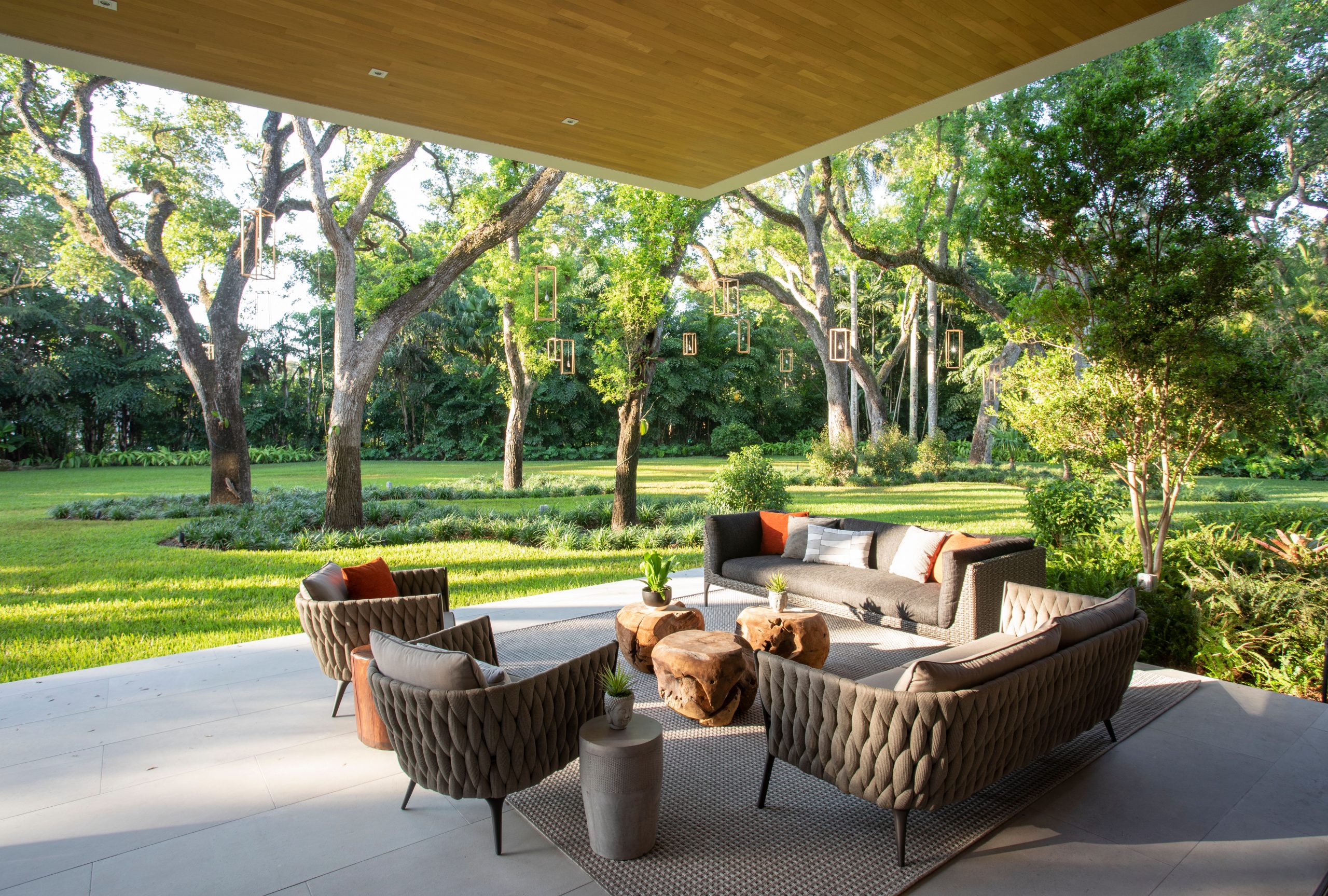
How were you learning different plant palettes? Are you doing research on your own?
Vincent Filigenzi:
I had to do my own research, just to make sure I was keeping up with speed with where I was. There are a lot of local sources, but the firm had great sources too and really the material that they’re using, you know, we work in international projects as well. So really, I was relying on them for my kind of education on that end. When I got to Miami, my passion for plants really exploded – I installed the Miami Beach botanical garden. So I had to source a lot of material, and this was back in 2011 – so I feel like now at this point in my career, I’m very confident in my plant material. My clients benefit from it and we try to create suitable landscapes that are eco-friendly and sustainable. We try not to use too many exotics, we have a really native plant base for the structure of the gardens to make sure it holds together. Then we’ll accent with different exotics like Copernicea palms, which are some of my favorite, you know, some African Oil Palms. Really, those are the accents and specimens. But the structure is pretty much subtropical, but you’d be surprised, as you see, in some of my work, it’s very lush, and it looks tropical.
So you were also featured in Luxe Magazine, can tell me about that project?
Vincent Filigenzi:
That was a very significant project. The architect was Touzet Studio, which is Jacqueline and Carlos Touzet, here in Miami. They had a very sensitive approach to the project and that just trickled down. The location of the building was like surgically inserted into this old pristine oak cathedral canopy. We worked with an arborist who really guided us on how we could trim a few branches, but really keep the integrity – and the architects really designed a beautiful building around the existing trees. The property itself was a couple of acres, so we were able to do something pretty magnificent on the outside just to preserve these trees while taking care of some of the unsightly views to the neighbors to make it feel like a really pristine project. But yeah, that was we were happy with that outcome.
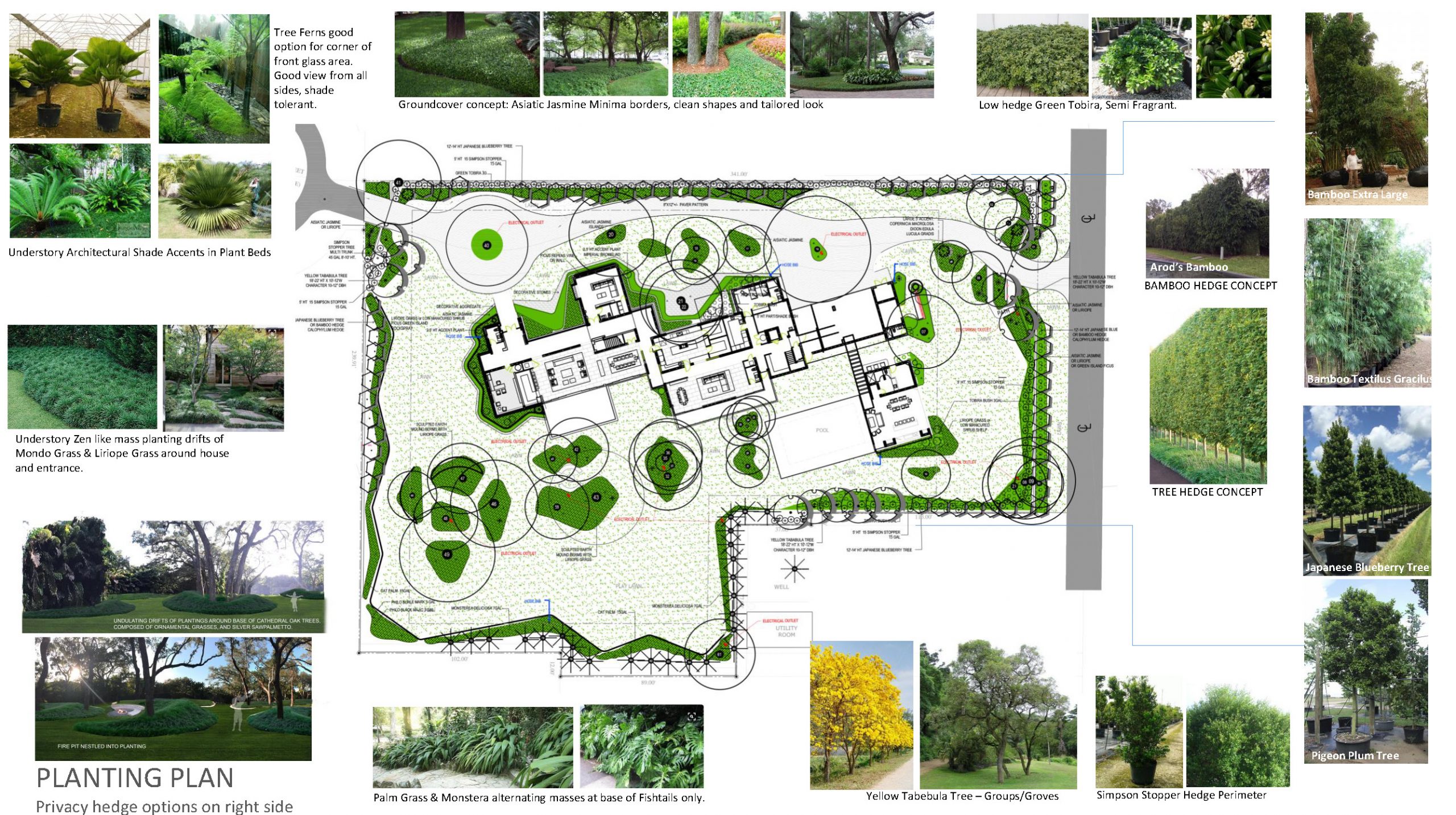
Are you trying to structure all of your projects to save as many trees as possible?
Vincent Filigenzi:
Yes, I’m a big fan of make more of what’s already there. So I will try to take what’s there, reuse it the best we can. Usually it’s the clients telling me to remove the tree but I see it with different eyes and I try to keep as much as I can
What’s that education process like with your clients?
Vincent Filigenzi:
It’s a bit of a burden to educate them, but usually, what it comes down to is dollars and cents. So to get a new tree like this is going to be $25k, $35k or $50,000 – and then they stop in their tracks and usually I can save that tree. Unless they’re trying to do an addition to their building, and they’re like – no, this is where I want my bedroom and my master so then I can try to relocate the tree. Again, that’s not cheap either, but there’s ways to do it. I try to push for the relocation. The worst case, we have to remove and mitigate were required by code to mitigate any trees that we remove – so it’s a balance.
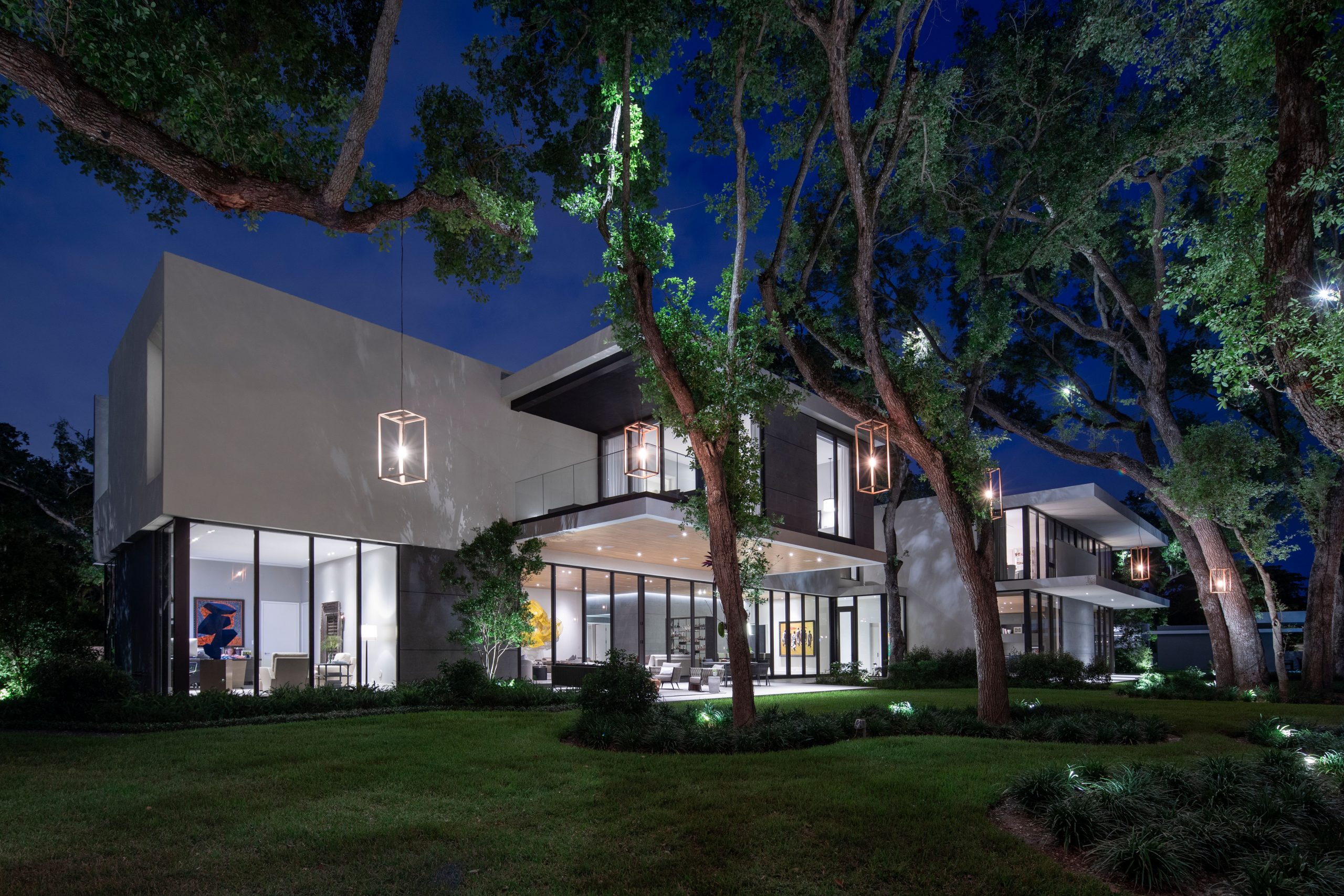
What is it like to design and build a project?
Vincent Filigenzi:
Yeah, actually, it was very frustrating in the beginning when we weren’t doing that. Only because we spent hours, days, and so much time designing,- only to see the contractors sometimes turn sites into a complete mess. And the client ultimately coming back to us saying, what is this? What did we hire you for? So I went through that, and I said – I gotta really take control of this. So we started sourcing the material, we would find the specimens, we would essentially hand them off to the contractor again. So we took back that control and we pretty much over the years, I wanted more control than this, to get the design the way we want it. So we ultimately gave a proposal at the end for the landscape scope, which is the planting phase and we were able to source the material ourselves. We work with the contractors, we want the landscape companies that we want, and have them installed and have direct relationship and lot more control. So that’s kind of the transition. We weren’t doing that at first, we’re still primarily landscape architecture and design. And we only do some select projects of our own, only that we would do that process. So that’s how we got there.
Do you see a major difference in the quality of work from doing it yourself compared to subcontracting the work?
Vincent Filigenzi:
Yeah, no, of course. I mean, if we were completely removed, I’m not confident in the way it’s supposed to be. It’s because we introduce a lot of leaning character material, you know, it’s not just your standard tree, you know, you have a straight trunk palm, you know, there’s a lot of composition going on, and to create these compositions, I need to be on site. When the deliveries come on site, I receive them, the crane arrives, we’re flying trees over houses, I’m telling them to turn the tree to face the tree. Trees arrive and they may not be the condition we thought and we need to relocate the position. That’s why you need to work with your own crew. If you work with another contractor, they’re going to tell you I’m sorry, this is this change order. Whereas, I can absorb some of it and get it the way I want.
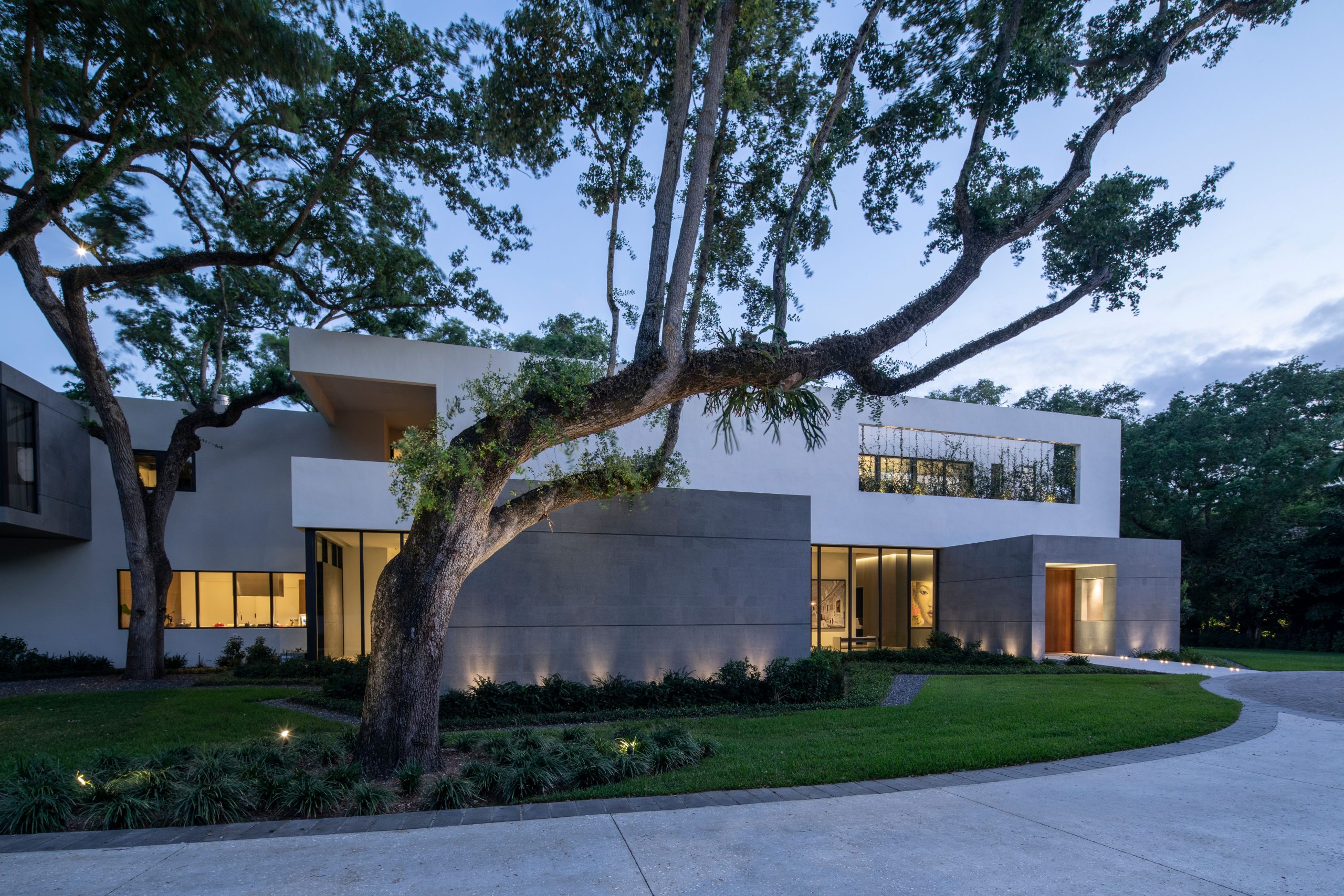
If there’s one thing that you wish the landscape industry would improve on? Do you know what that would be?
Vincent Filigenzi:
For the landscape industry, automatically, my mind goes towards the nursery industry, which I know is facing a big hardship right now. With material prices increasing, being able to offer your clients something now than we did before – that now is almost unachievable because of the price increases. We’ve had to scale back, but to change that about the industry is tough – but I wish prices will stay the same.
